WELCOME TO PROJECT ART, a new monthly column focusing on the project spaces and alternative galleries that exist beyond the commercial scope of Portland's art scene. In the interest of getting to know you, I thought it'd be appropriate to kick off this first episode with a space I've been involved with previously: S1.
Hopefully you've already heard of S1. Most recently, they hosted a night at the Portland Institute for Contemporary Art (PICA)'s Time-Based Art Festival that featured music from U.S. Hard, Coast2C, and Zola Jesus, alongside fantastic, curated video art. S1 is a project space that was birthed from those old sirens of supply and demand—namely, Portland has a hefty supply of driven artists who demand spaces and community that are equally passionate and committed to their projects. Initially supported by PICA's Precipice Fund re-granting initiative, and recently through a Kickstarter campaign, S1's events and exhibitions are labors of love.
Based in an industrial commercial basement underneath a Rite Aid in the Hollywood District, S1 can feel like a post-apocalyptic artist's utopia where everyone has something they're working on. The organization houses artists' studios, a white-walled gallery, and a large performance space that hosts music, visual art, dance, classes, and lectures with local and international artists. The music tends toward the beat-heavy and the art toward the contemporary, both of which feel necessary in a town bogged down by acoustic guitars and knit-craft.
The exhibition opening this week, featuring work by Detroit-adjacent artists Tony Hope and Marissa Jezak, is a perfect example of the kind of collaboration and outreach S1 has cultivated over its last two years. Hope and Jezak are well acquainted with the project space format, and create surreal artwork that borrows from mall architecture, dollar-store kitsch, commercial imagery, and backcountry subcultures (see: Insane Clown Posse). They also run Wake, a garage-based project space outside of Detroit.
Their collaborative show promises to challenge your expectations of what "contemporary art" can be—far from a sterile white space, brightly illuminated and sparsely populated with nondescript objects. Hope and Jezak's project transforms the gallery into a dank subterranean world, which fills all of S1's space—from imagery to lighting to the air you breathe. Their work reaches beyond individual pieces of art to create an all-encompassing poetics, the scale of which should make every artist and art lover question their own ambition in comparison.
This kind of visual art is exactly why the vitality of Portland's creative scene is centered in the project spaces that populate the city. Despite what anyone says about "New Portland" being dictated by techies who only like frozen yogurt and microbrews, there is still a punk core to Portland art. You just have to look for it.













